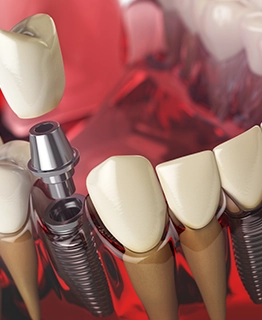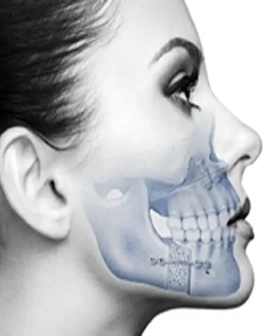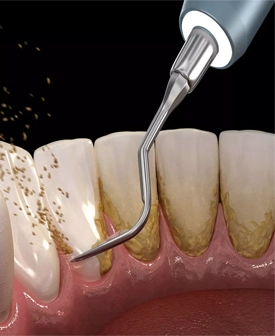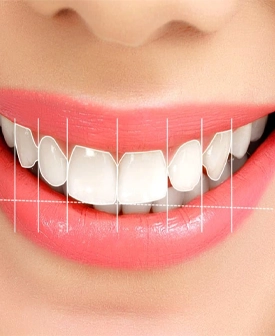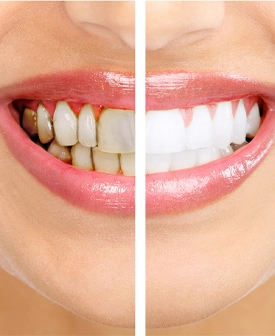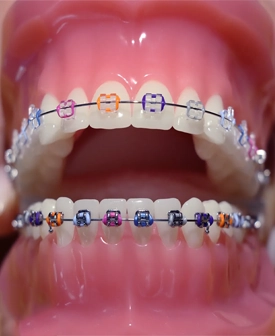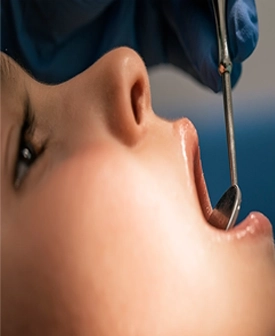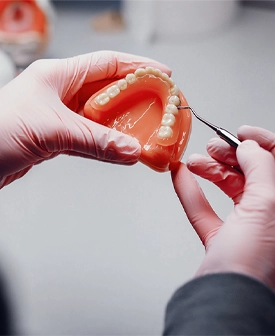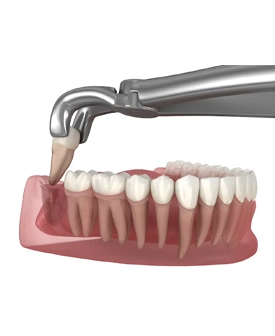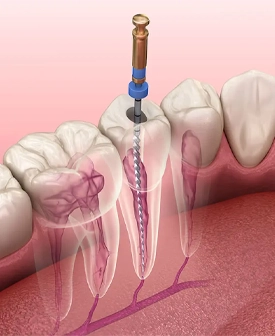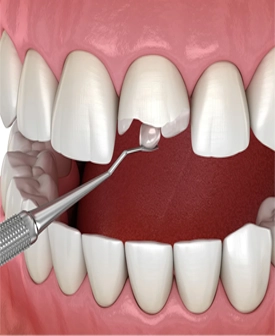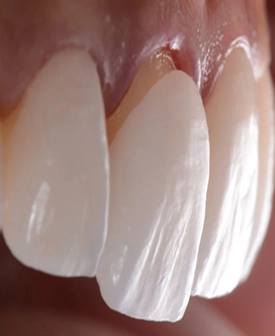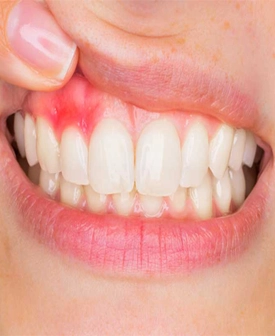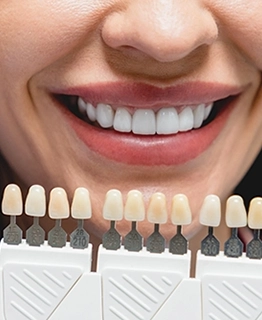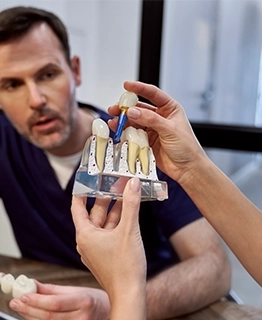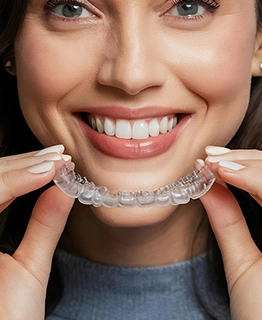All on Four Treatment
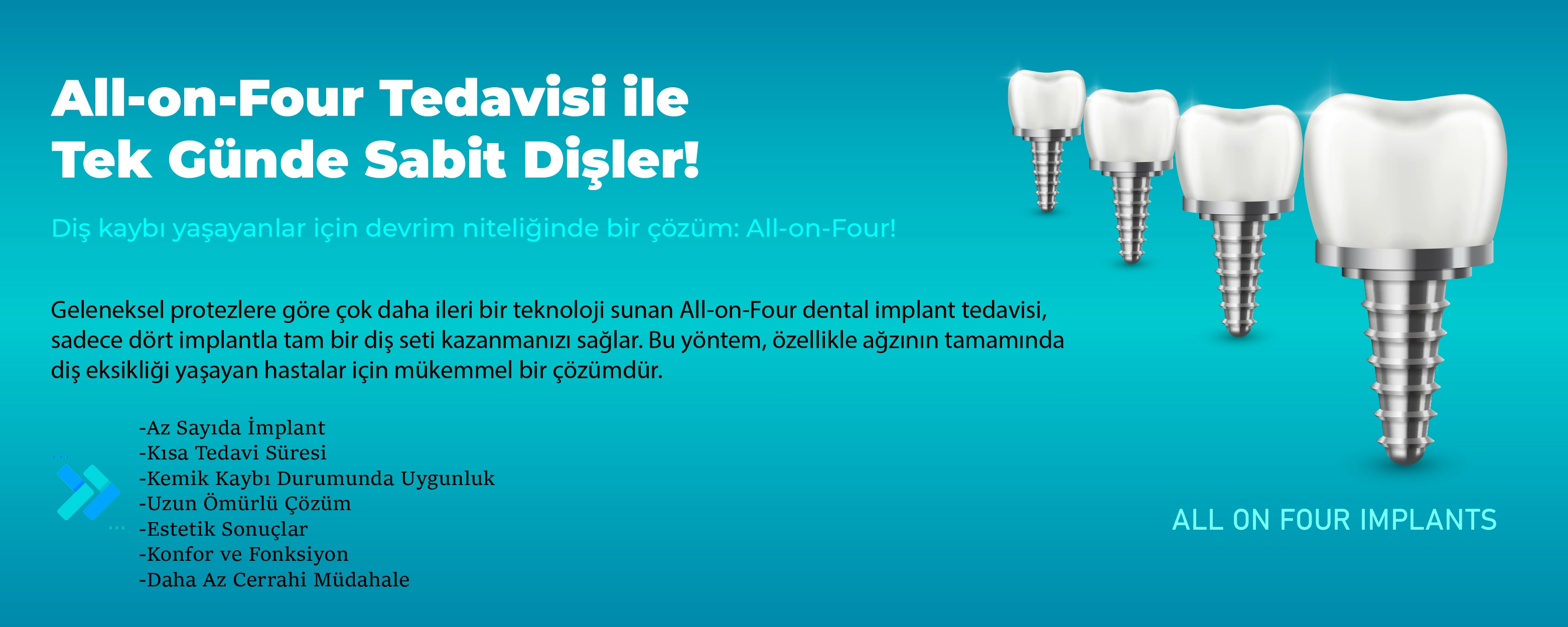 What is All-on-Four Treatment?
What is All-on-Four Treatment?
All-on-Four is a treatment method where only four implants are placed into the jawbone, allowing a complete set of fixed prosthetic teeth to be attached. With this procedure, edentulous patients (those who have lost all their teeth) achieve aesthetically and functionally satisfying results in a short time.
The implants look like natural teeth and function just as effectively. This method is specifically designed for individuals with tooth loss and jawbone resorption, offering a long-term and reliable solution.
How is All-on-Four Treatment Applied?
1️⃣ Examination and Planning
✔ The condition of the jawbone is analyzed through X-rays and 3D tomography.
✔ Suitability for the treatment is assessed, and a personalized prosthetic design is created.
2️⃣ Implant Placement
✔ Four implants are placed in the upper or lower jaw:
- 2 implants are placed at a vertical angle in the front region.
- 2 implants are placed at a tilted (30-45°) angle in the back region.
✔ The tilted implants are placed in areas where the bone is stronger, ensuring success even in patients with bone resorption.
3️⃣ Temporary Prosthesis Placement (Same Day)
✔ After the implants are placed, a temporary fixed prosthesis is applied on the same day.
✔ Patients do not remain without teeth and can eat and speak with their new teeth immediately.
4️⃣ Permanent Prosthesis Placement (3-6 Months Later)
✔ Once the implants fully integrate with the jawbone, permanent porcelain or zirconium prostheses are placed.
✔ Permanent prostheses resemble natural teeth and are long-lasting.
Advantages of All-on-Four Treatment?
✔ Get Teeth in a Single Session: Temporary prostheses are placed on the same day.
✔ Fewer Implants for Fixed Prosthetics: Only 4 implants are needed.
✔ Suitable for Patients with Bone Resorption: All-on-Four is effective even in cases of bone loss.
✔ No Need for Extra Surgical Procedures: In most cases, procedures like sinus lifts or bone grafts are not necessary.
✔ More Economical and Faster Solution: All-on-Four is often a quicker and more cost-effective option than traditional implant methods.
Differences Between All-on-Four and Traditional Implants ?
For patients looking for a permanent and aesthetic solution to replace missing teeth, dental implants are one of the most preferred methods in modern dentistry. At ADA Dental Clinics, we provide comprehensive information about both the All-on-Four implant system and traditional implant methods to help determine the best treatment plan for you. So, what are the key differences between these two approaches?
1. Number of Implants
- All-on-Four: Only 4 implants are used to support a full set of teeth.
- Traditional Implants: Typically, a greater number of implants are needed for each missing tooth, especially for full-mouth restorations.
2. Treatment Time
- All-on-Four: The procedure allows for the placement of a temporary prosthesis on the same day, so patients can leave with a full set of functional teeth.
- Traditional Implants: The process may take several months, as healing time is required between implant placement and the final prosthesis.
3. Bone Requirements
- All-on-Four: Suitable for patients with jawbone resorption, as the tilted implants can anchor into the stronger parts of the bone.
- Traditional Implants: May require additional procedures like bone grafts or sinus lifts if there is significant bone loss.
4. Cost and Efficiency
- All-on-Four: More cost-effective due to fewer implants and a shorter treatment time.
- Traditional Implants: Often more expensive due to the need for more implants and additional procedures.
5. Surgical Complexity
- All-on-Four: Typically involves less invasive surgery with fewer complications.
- Traditional Implants: May require more complex surgeries, especially in cases of severe bone loss.
What Are the Differences Between All-on-Four and Traditional Implants?
Implant treatments are among the most preferred methods in modern dentistry for patients seeking a permanent and aesthetic solution for missing teeth. At ADA Dental Clinics, we provide comprehensive information about both the All-on-Four implant system and traditional implant methods to help you determine the best treatment plan. So, what are the differences between these two methods?
1. Implant Number and Application Method
- All-on-Four: Only 4 implants are placed in one jaw to support a fixed prosthetic dental bridge. The implants are placed at special angles, allowing more support with fewer implants.
- Traditional Implant: A separate implant is required for each missing tooth. This increases the treatment time and the amount of surgical intervention needed.
2. Treatment Duration and Application Speed
- All-on-Four: Typically, a fixed dental bridge can be applied on the same day. It is ideal for those who want a "same-day smile design."
- Traditional Implant: Treatment can take several months because each implant requires a healing period to fuse with the bone.
3. Bone Support and Need for Grafting
- All-on-Four: The existing bone structure is used most efficiently, and bone grafting is often not required.
- Traditional Implant: If there is insufficient bone volume, additional surgeries (grafting) may be needed.
4. Cost Advantage
- All-on-Four: It is a more cost-effective option due to fewer implants and a shorter treatment process.
- Traditional Implant: Since a separate implant is placed for each tooth, the total cost may be higher.
5. Aesthetic and Functional Results
- All-on-Four: A fixed, single-piece prosthesis offers a natural appearance and strong chewing function.
- Traditional Implant: Individual prostheses are required for each tooth, which requires more time and planning for aesthetic results.
Who is All-on-Four Suitable For?
✅ People who have lost or are about to lose all of their teeth
✅ Those who are uncomfortable with removable dentures
✅ Patients with bone resorption who do not want advanced surgical procedures
✅ People seeking a faster and more cost-effective implant solution
Is All-on-Four Treatment Painful?
All-on-Four dental implant treatment is performed under local anesthesia, so no pain is felt during the procedure. However, there may be mild discomfort or pain that lasts a few days after the procedure. This pain is typically easily managed with prescribed painkillers.
Pain During the Procedure:
All-on-Four treatment is performed under local anesthesia. This means the area being treated is numbed, and the patient does not feel any pain.
In rare cases, sedation anesthesia may be preferred depending on the patient's condition. In this case, the patient will be completely asleep during the procedure and will feel nothing.
Pain After the Procedure:
After the anesthesia wears off, patients may experience mild pain, swelling, and discomfort.
These pains generally subside within 2-3 days and can be controlled with prescribed painkillers.
The dentist may recommend applying cold compresses and eating soft foods to reduce pain
Tips for Reducing Pain:
- Take the prescribed painkillers from your dentist regularly.
- Apply a cold compress to the treated area.
- Eat soft and liquid foods for the first few days.
- Pay attention to oral hygiene and rinse as recommended by your dentist.
- Avoid smoking and alcohol consumption.
- Make sure to get plenty of rest.
Ideal Candidates for All-on-Four Treatment:
- Complete Tooth Loss: Ideal for patients who have no teeth in either jaw or whose remaining teeth need to be extracted.
- Severe Tooth Loss: Suitable for those with significant tooth loss and those who are dissatisfied with traditional dentures.
- Insufficient Bone Tissue: A good alternative for patients who lack sufficient bone tissue for traditional implant treatment but do not want or are not suitable for bone grafts. The All-on-Four technique uses denser areas of the jawbone to place the implants.
- Discomfort with Removable Dentures: Suitable for patients who experience issues with removable dentures and prefer a fixed prosthesis.
- Looking for a Quick and Effective Solution: Ideal for those who want to have fixed prosthetics on the same day.
- Good General Health: Suitable for patients with good general health and jawbone structure that is suitable for implant treatment.
In Some Cases, All-on-Four Implant Treatment May Not Be Suitable:
- Severe Bone Loss: Patients with extensive bone loss may not have enough support for the implants.
- Uncontrolled Diabetes or Other Systemic Diseases: These health issues can negatively affect the healing process.
- Excessive Smoking: Smoking can adversely affect the success of the implants.
- Jawbone Infections: Implants cannot be placed if there are active infections that have not been treated.
- Certain Psychological Conditions: Patients who may not be able to comply with the treatment or have unrealistic expectations may not be suitable for this treatment.
Important Note:Every patient's situation is unique. It is important to consult with a dentist to determine whether All-on-Four implant treatment is right for you. Your dentist will conduct a thorough examination and assessment to recommend the most appropriate treatment option for you.
All-on-Four treatment provides a fast, effective, and permanent solution for missing teeth. However, it may not be suitable for every patient. Therefore, it is crucial to consult with your dentist before proceeding with All-on-Four treatment

